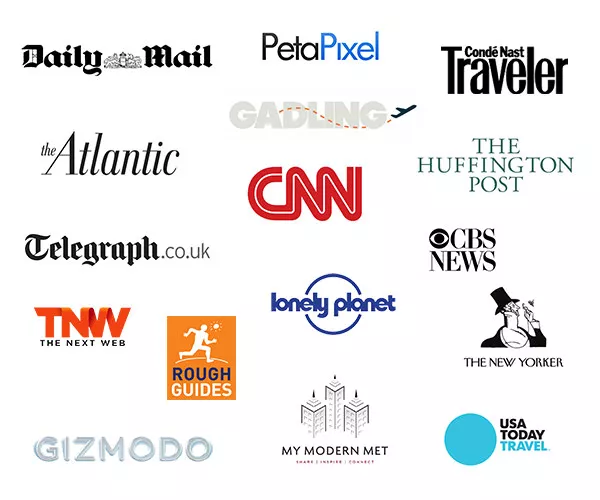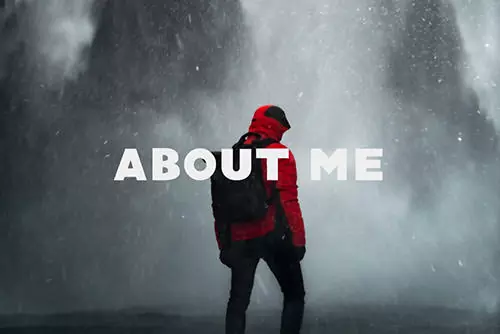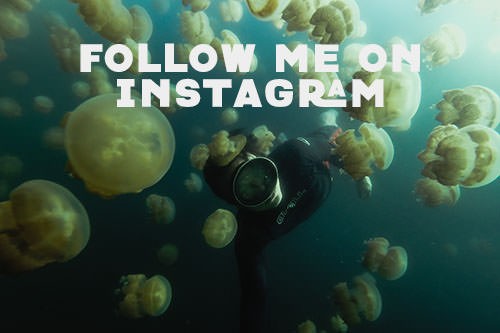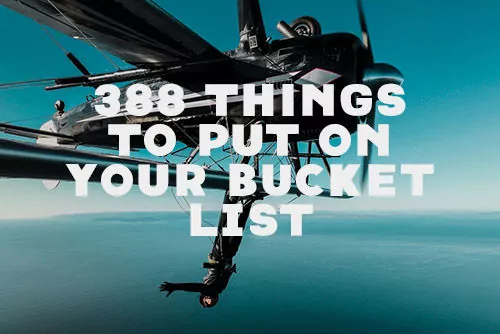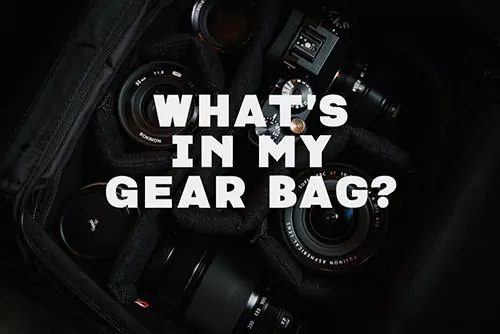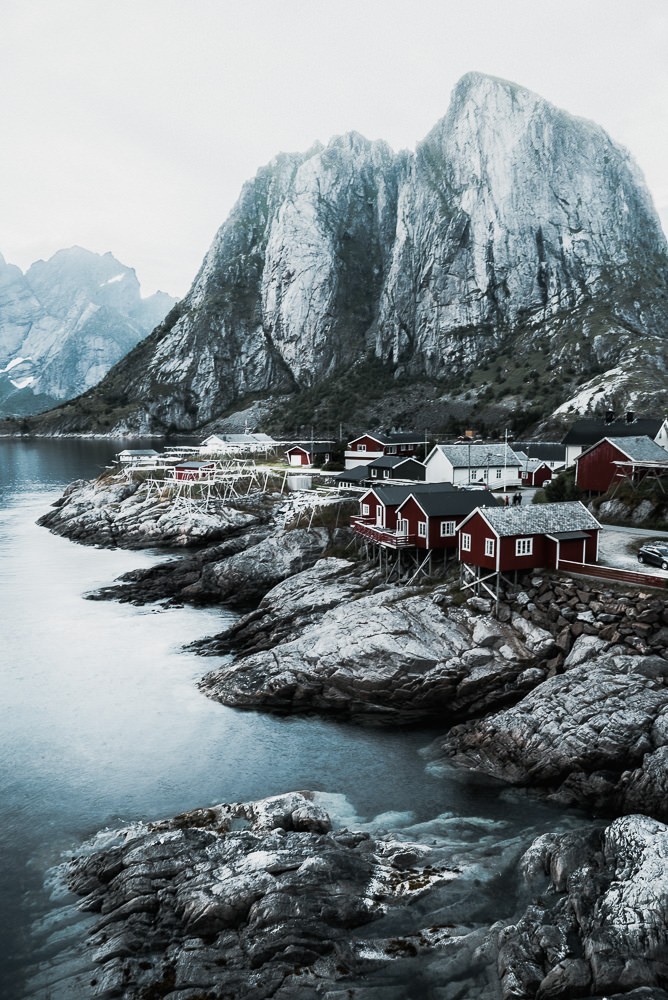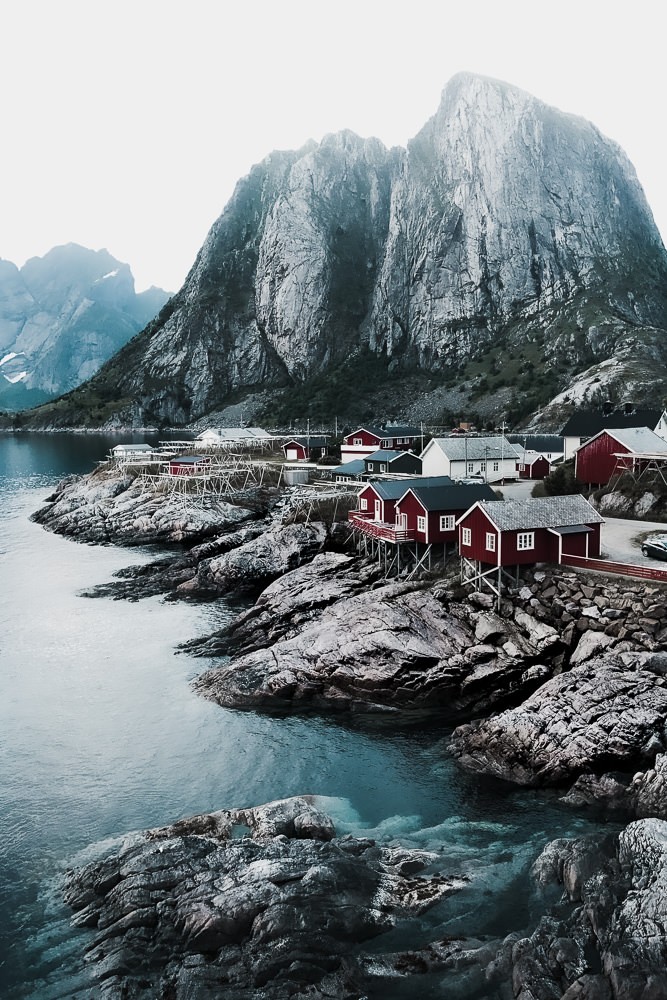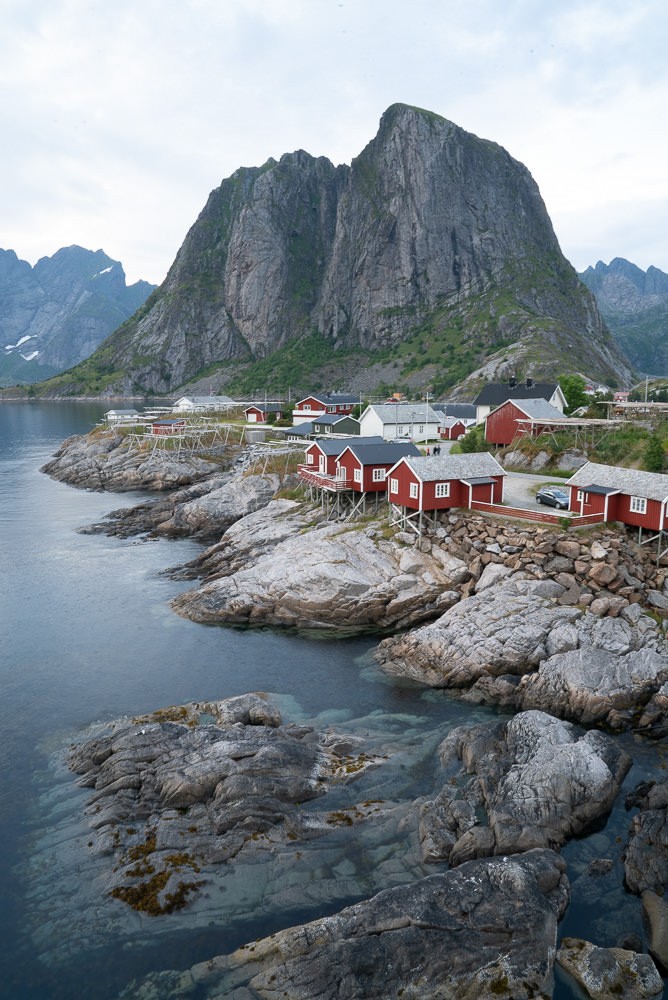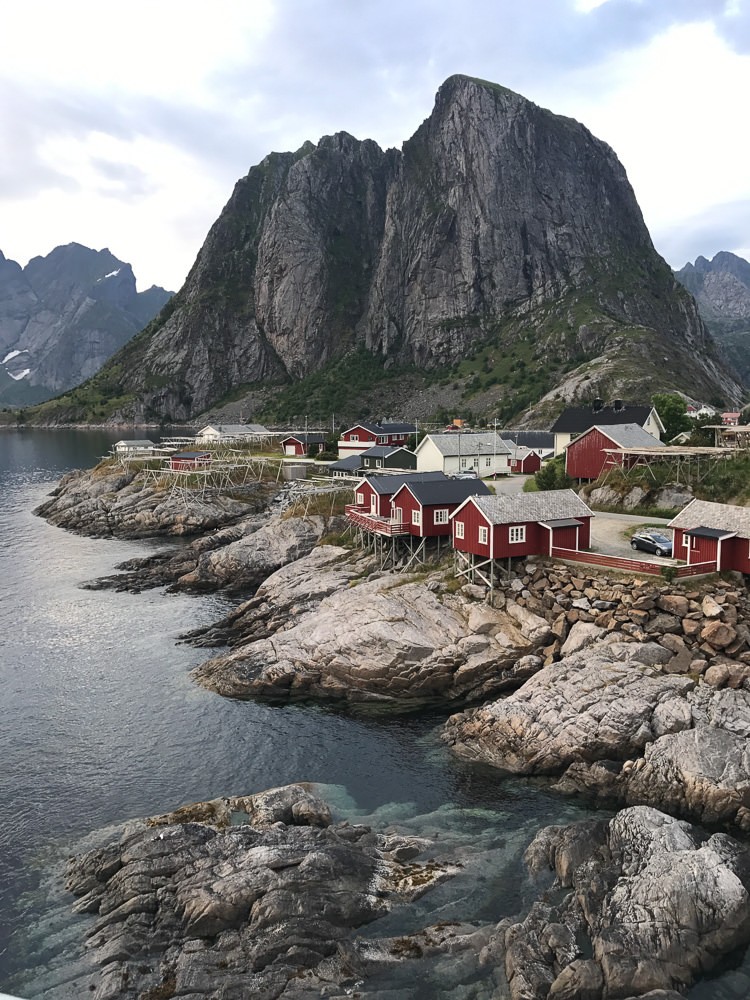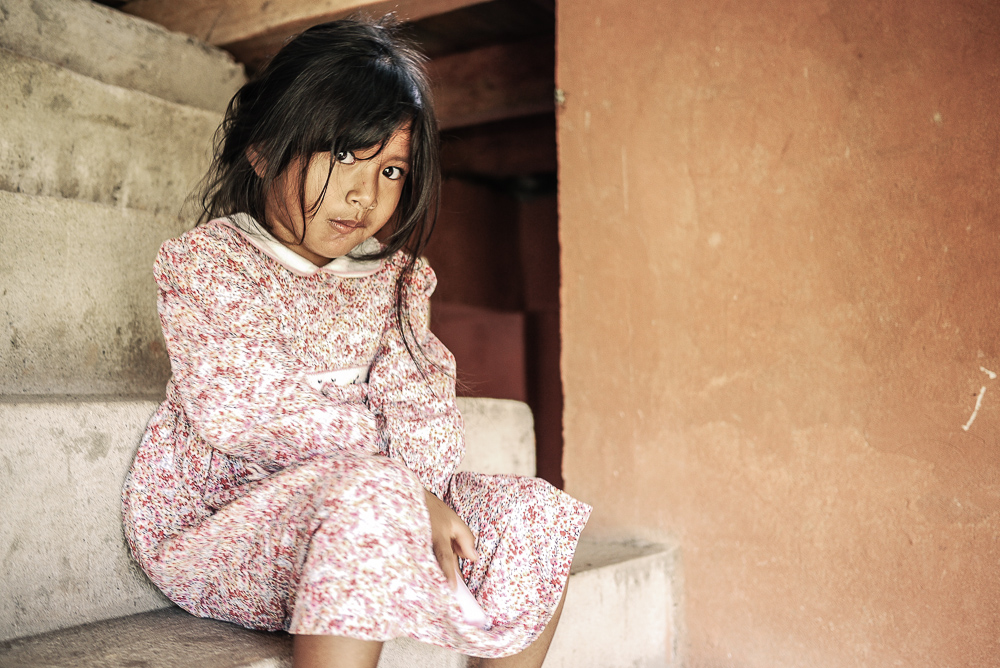Is Your Phone Camera Good Enough For Travel Photography in 2024?
Is Your Phone Camera Good Enough For Travel Photography in 2024?
Sensor image quality has advanced so much over the last few years that phone manufacturers are boasting photographs that rival those from larger mirrorless and DSLR cameras. Some, like the Xiaomi Mi CC9 at 108 megapixels, quadruple the resolution of my best camera.
The iPhone 15 Pro and Google Pixel 8 Pro have incredible optical zoom and night mode capabilities using imaging algorithm and stabilization. Most photos shoot 4K video at 60fps. And some even in ProRes RAW now.
And that’s just it. OPTIONS. As a photographer and filmmaker, I don’t feel anxious that phones are allowing more people to produce footage that is comparable to my bigger and more expensive set-ups. In fact, I feel better knowing that I’ll always have a capable camera on me at all times.
Comparing iPhone 7 vs Sony A7sII Images
And I want to prove that using two photographs I took using my Sony A7sII and an old iPhone 7 (both are 12 megapixel cameras, both a few years old) a couple of years back in the Lofoten Islands of Norway. At the time, I didn’t plan on doing a comparison, I just happened to take the image first on my phone before pulling out my camera to to get the shot with a slower exposure.
While resorting through my images recently, I came across the two images side by side when I did a batch edit and noticed that they came out differently (JPEGs don’t respond to the same changes as RAW files). Our of curiosity, I spent about 5 minutes to see if I could make the images similar.
The results were interesting. In fact, they were getting so close than I spent another 5 minutes to spot edit a few things to see if I can make them indistinguishable.
Here are the two photos side by below.
How long did it take you to figure out which was was shot on the iPhone 7 and which was shot on the Sony A7sII? How did you figure it out and are you correct? Let me know in the comments.
Did I Edit The Images?
Quite a bit. The process of creating a photograph is different for everyone, and has only ever been limited by the tools that we have access to, whether be it in a physical dark room or today in Adobe’s Lightroom (and Photoshop). Personally, I do most of my image editing in Lightroom. It’s fast, allows me to do most of the manipulation I want, and I can batch edit a bunch of similar images.
For these two images, I played around quite a bit with the white balance temperature, colors, exposure, contrast, highlights, shadows, curves, clarity, texture, and dehaze. The Sony A7sII image was slightly wider at 24mm on a full frame sensor, so I cropped it some to match the iPhone’s field of view and I cropped the iPhone into a 2 x 3 aspect ratio to match with the Sony image.
Below are the edited images next to their originals.
Comparison With The Original Images
In the Sony A7sII original, you can more details in the cloud and the overall colors, tone and contrast of the image is different from the edited version. I shot this with the Zeiss 24-70 f/2.8 GM lens at .8 sec shutter speed, f/22 and ISO 100. The slightly slower shutter speed allow me to blur the movements of a water just a bit. I was kicking myself for not bringing any graduated or ND filters to allow me to shoot even slower than this and to retain the details in the cloud.
In the iPhone version, the first noticeable difference was the completely blown highlights in the cloud. The phone camera also exposed it a bit darker and warmer than A7sII. Other than that, the details are very similar and, in fact, the overall image is sharper than the Sony a7sII because there was some accidental micro-shake with the A7sII. The iPhone image was taken at 1/120 sec, f/1.8 and ISO 20.
For both, I added a gradient filter from the top down over the mountains to blow out all the clouds completely and went negative on the dehaze and clarity to add a soft glow to the top of the mountains. This effect ultimately hid the shortcomings of the iPhone sensor with not being able to capture the same dynamic range that a Sony RAW file can.
Below are two cropped views to give you a sense of details.
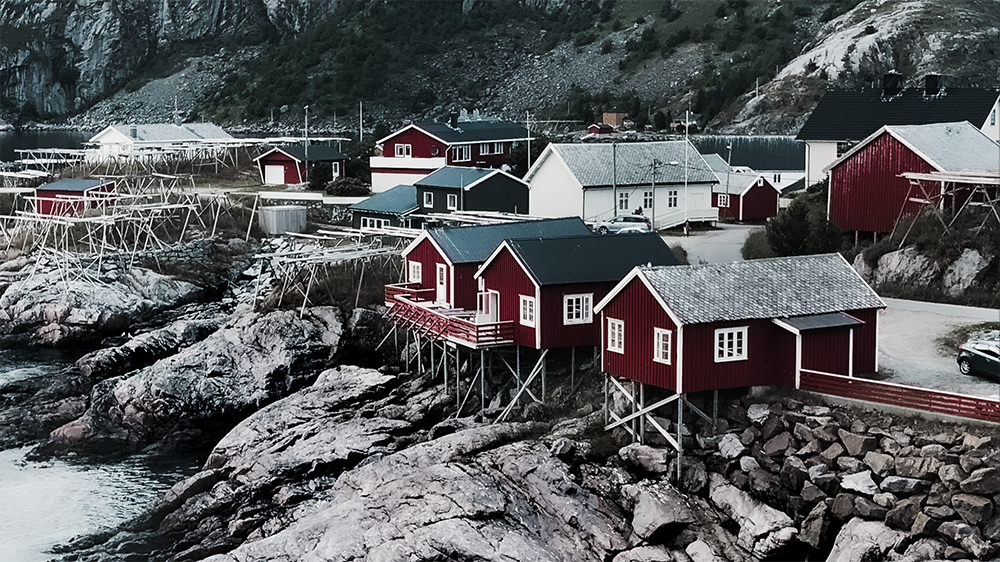
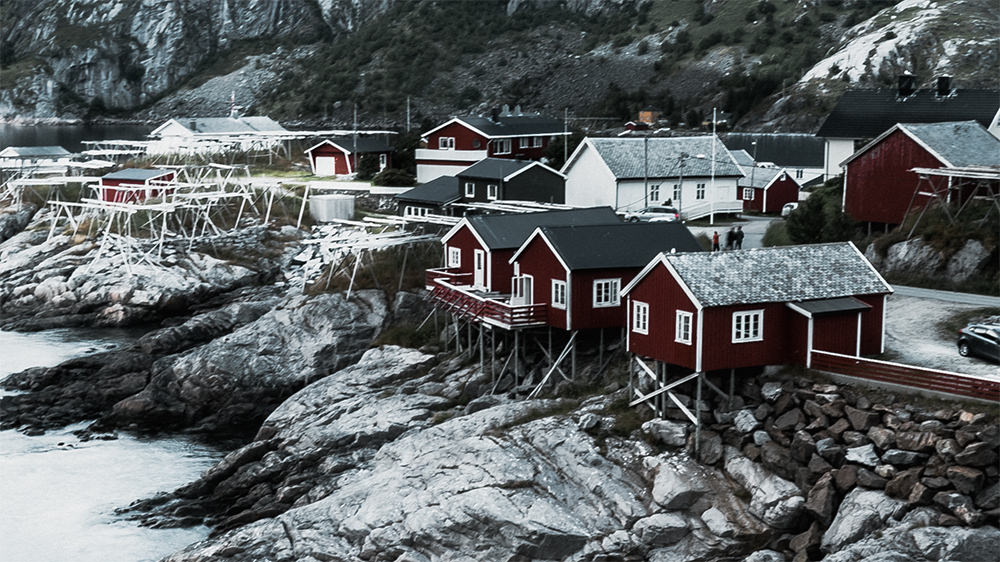
Like I mentioned earlier, shooting at .8 sec on a travel tripod standing on a windy bridge created some unwanted shake in the A7sII image. On the iPhone image, the detail is pretty sharp, and sometimes almost too sharp for me. To compensate for that, I dialed down the texture a bit to de-sharpen the image.
Is Your Phone Good Enough?
The short answer is yes. With careful composition and exposure, you can take spectacular photographs with your phone, especially with the latest photos. With all the new phones sporting multiple cameras and crazy imaging algorithms to product some high quality images, you have a lot more features at your disposal with the device that you’ll always have on you.
With the iPhone 15 Pro, you can even get some beautiful portraits with some nice optically-produced bokeh at a tighter focal length. For landscapes, the ultra-wide angle now allows me to leave my wider 10-24mm lens at home sometimes. The macro mode is good enough that I can get some extreme close-ups that were only possible with a larger camera and macro lens.
Editing On The Go
With the Snapseed and Lightroom app on your mobile OS, you can edit images even quicker than on your laptop/desktop software. It’s crazy how fast I can create an image out of Snapseed and send/share it right away. I’m finding myself content with shooting on my iPhone a lot more than I was in the past. Even when I’m not, sometimes I’ll send the images from my camera to my phone and do an edit there for social media instead of waiting to load it onto my computer.
It’s Still About The Content
Ultimately, as far as photographs go, I believe the content of a good, compelling image will outweigh its technical specs, always. As a photographer and archivist, I want to have the best quality that I can get. When it comes to sharing, most content is consumed on mobile devices where you can hardly appreciate the qualities of a 50 megapixel camera. You probably can’t tell the difference between a 24 and 12 megapixel camera because of the relatively low image sizes that are uploaded and further compressed before viewing.
In other words, as long as an image looks good, most people won’t care about the megapixel count or even what camera it was taken with.
I do travel photography for a living, so I will always err on the side of getting the high quality possible, perceptive or not. Just something to think about.
Is The End Near For Professional Cameras
Absolutely not. While, I used this example to illustrate what you can do with a camera phone image (and not even the latest iPhone which is far better than the iPhone 7 camera), a lot of post-processing and artistic intent went into the final image.
Mirrorless and DSLR cameras will, for the most part, still produce better images out of the camera than your phone, and allow you more flexibility with interchangeable lenses. For images with more shallow depth of field, the bokeh created digitally are currently not as good as the optical bokeh you get from different lenses. I will almost always shoot with my camera if I want to shoot portraits.
I also prefer the RAW images that come out of my cameras, which gives me more latitude to make fine adjustments. I’ve seen some amazing edits and composites from artists using JPEG images, so I’m not saying it’s not possible, but it’s just a little easier for me to have more data and detail to work with in my edit. Update: The latest phones now also offer RAW files, so but it’s still not the same amount of data that you would get in a mirrorless body sensor.
Ultimately, both my Fujifilm (currently Fujifilm X-T4) camera and iPhone (currently iPhone 13 Pro) are tools, and I always process the images to create a final image that I envision and want to share. Learning your tools is the best way to get the most of your images and constantly relearning is the only way I’ve found to get better and not get stale.
These are all personal preferences, so how you look at it might be different, but it’s certainly interesting for me to see how far camera phone images have come since I first took a photo with my Sony Clie UX-50 PDA.
If you learn more about editing, follow me on Instagram at @hellokien where I post before and after images of my photographs in my stories. If you are interested, check out what I keep in my camera bag that’s been been updated for 2020.
Updated on May 11, 2024

